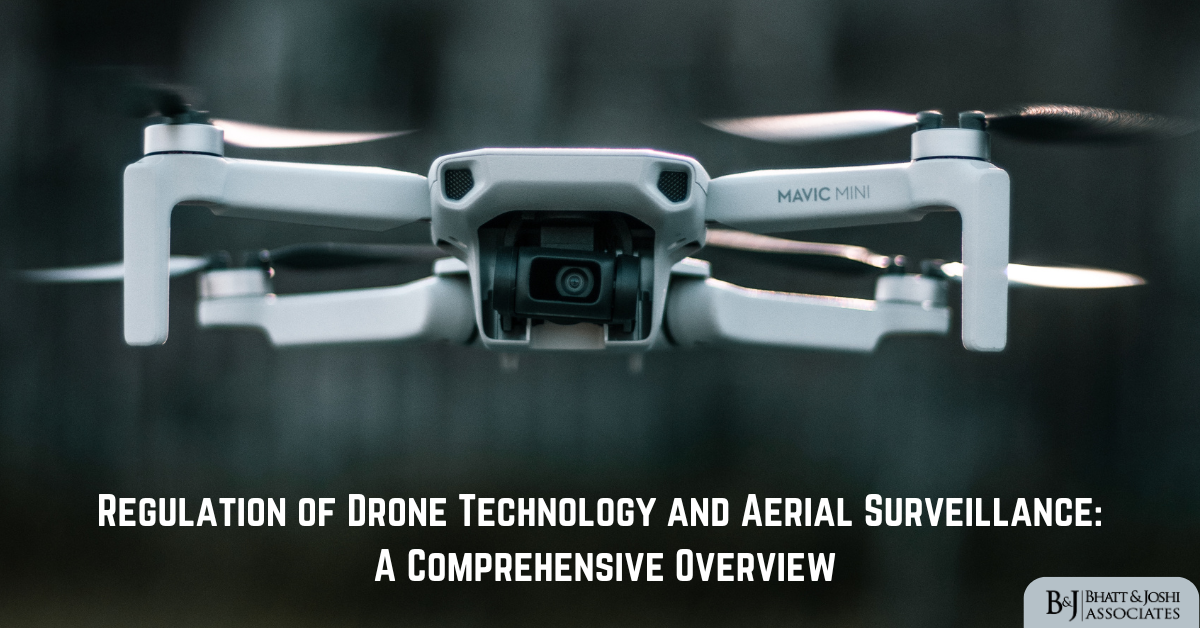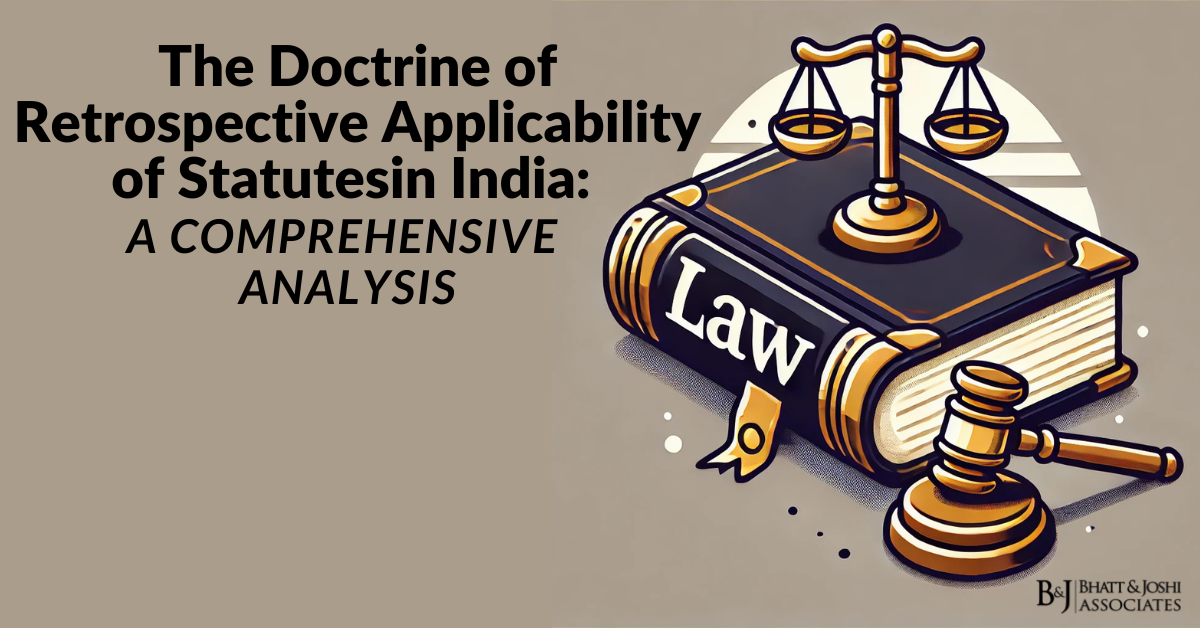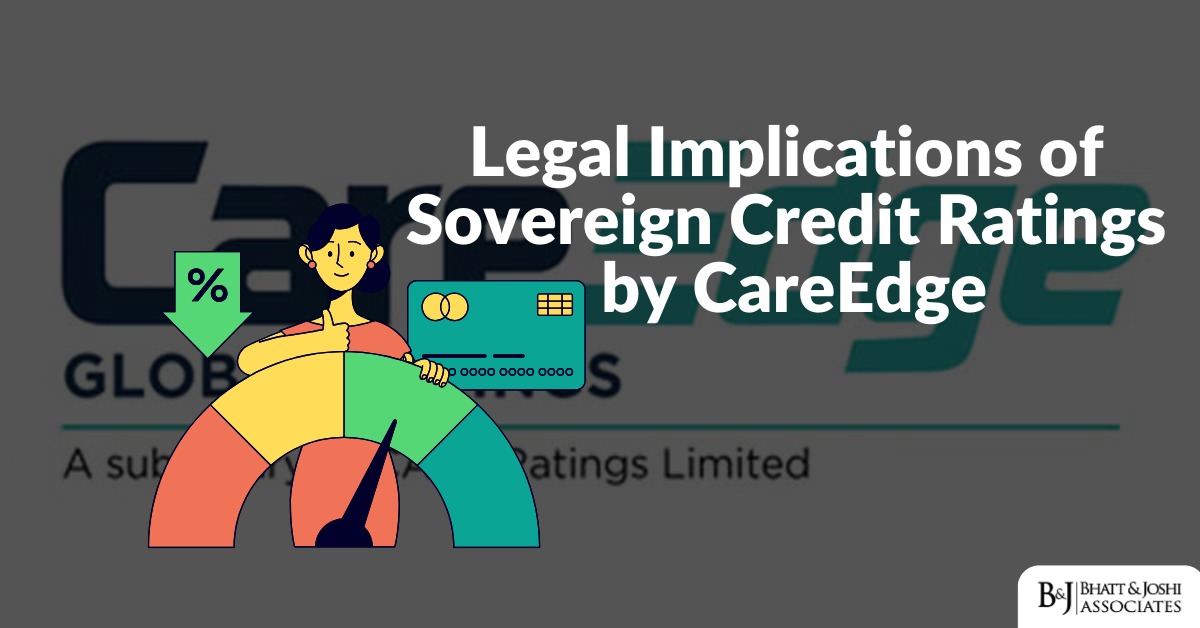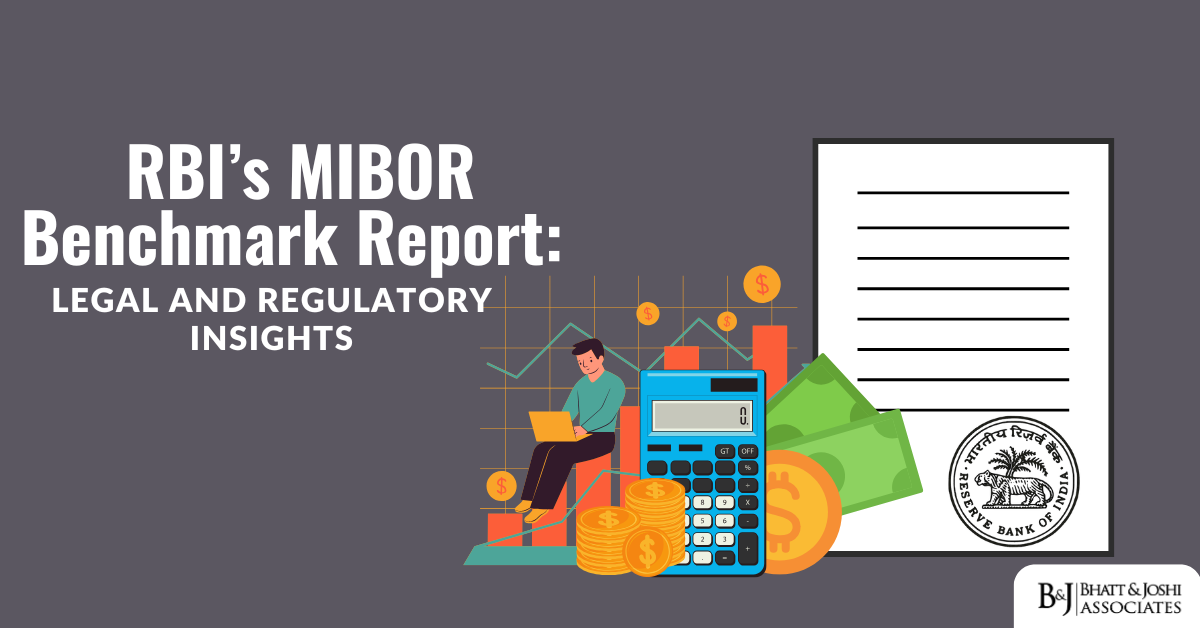Introduction
The integration of drone technology into various sectors has been transformative, offering significant advancements in industries such as agriculture, logistics, real estate, and law enforcement. Drones, or unmanned aerial vehicles (UAVs), have introduced new possibilities for aerial surveillance, inspection, and real-time data collection, making operations more efficient and cost-effective. These flying machines, equipped with advanced sensors, cameras, and GPS, have revolutionized surveillance and monitoring in ways that were previously inconceivable. However, the rise of drone technology also raises significant regulatory challenges, especially concerning airspace safety, national security, privacy, and data protection. Governments worldwide have had to craft new regulations to keep pace with the expanding use of drones, ensuring that these devices are used responsibly and safely. In India, the regulatory framework governing drones has evolved rapidly, primarily led by the Directorate General of Civil Aviation (DGCA). This article delves into the regulation of drone technology in India, its legal and ethical implications, and how aerial surveillance is managed within the current legal framework. Through a discussion of laws, case laws, and relevant judgments, this article will provide a comprehensive overview of the regulatory landscape surrounding drone technology.
The Evolution of Drone Technology Regulations Globally
Globally, drone technology has seen varied levels of regulatory adoption and sophistication. The International Civil Aviation Organization (ICAO) has set guidelines for the safe integration of drones into national airspace, urging countries to implement regulations that ensure public safety without stifling innovation. However, each country has developed its regulatory framework according to its security concerns, air traffic management requirements, and societal needs.
For instance, in the United States, the Federal Aviation Administration (FAA) governs the use of drones under its Part 107 rules, which outline operational limits for commercial drones. Similarly, the European Union’s Aviation Safety Agency (EASA) regulates drones under a system that categorizes drones based on their risk level. Both the FAA and EASA frameworks emphasize a risk-based approach, where the restrictions imposed on drone operations correspond to the level of risk associated with their use. In contrast, countries like Japan and Australia have adopted stricter regulations, particularly around urban and populated areas, to mitigate risks related to crowded spaces.
In India, the Directorate General of Civil Aviation (DGCA) has taken the lead in the regulation of drone technology. The introduction of the Civil Aviation Requirements (CAR) in 2018 was the first major step toward the formal regulation of drone technology in the country, followed by the Drone Rules, 2021, which simplified and updated the regulatory framework to accommodate growing drone usage.
Indian Drone Technology Regulations: From CAR to the Drone Rules, 2021
The regulatory journey for drone technology in India began in earnest with the introduction of the Civil Aviation Requirements (CAR), issued by the DGCA in 2018. These regulations set the ground rules for the legal operation of drones in Indian airspace, laying out clear distinctions between commercial and non-commercial use. Drones were categorized based on their weight, and specific rules were developed for each category regarding registration, licensing, and operation.
However, the regulatory landscape witnessed a major overhaul with the implementation of the Drone Rules, 2021. These new rules introduced a more streamlined and comprehensive framework for the use of drones, particularly with the aim of reducing bureaucratic hurdles and encouraging innovation. The key highlights of the Drone Rules include:
– Simplified registration process: All drones (except Nano drones operating below 15 meters) must be registered on the Digital Sky Platform, an online portal designed to streamline the registration and approval process for drone operators.
– No Permission, No Takeoff (NPNT): This protocol mandates that all drones must obtain real-time permission through the Digital Sky Platform before they can be flown, ensuring accountability and monitoring.
– Drone classification: Drones are classified into five categories based on their weight—Nano, Micro, Small, Medium, and Large. Each classification has its own set of rules regarding the maximum allowable altitude, operational area, and permissions required.
– No-fly zones: Certain areas have been designated as no-fly zones, including regions around airports, military bases, national borders, and sensitive installations. Any violation of these restricted zones is subject to stringent penalties.
– Mandatory insurance: Operators of medium and large drones must have insurance coverage to cover potential damages caused by accidents or operational failures.
– Green, Yellow, and Red zones: The rules introduce a zone-based categorization of airspace, with Green zones allowing unrestricted operations (within certain altitude limits), Yellow zones requiring permission from the authorities, and Red zones where drone operations are prohibited unless explicitly authorized.
The Drone Rules, 2021, represent a shift towards making drone operations more accessible while maintaining safety and security standards. By creating an online platform for registration, monitoring, and permission-seeking, the rules aim to balance the ease of use for operators with the need for effective oversight.
Privacy Implications of Aerial Surveillance
The rise of drones as surveillance tools has brought into focus significant concerns regarding privacy and the protection of personal data. Drones, especially those equipped with high-resolution cameras and advanced sensors, can collect vast amounts of data, often without the knowledge or consent of individuals. This raises crucial questions about how privacy rights are protected under the current legal framework.
In India, privacy is recognized as a fundamental right under Article 21 of the Constitution, following the landmark Supreme Court ruling in Justice K.S. Puttaswamy v. Union of India (2017). The judgment established that privacy is an intrinsic part of the right to life and liberty, and any infringement on privacy must be justified by a legitimate aim, be proportionate to that aim, and must follow due process of law.
In the context of drone surveillance, this ruling implies that individuals have a right to privacy that cannot be arbitrarily infringed upon by state or private actors. The deployment of drones for surveillance purposes, particularly in public spaces, must therefore comply with these constitutional protections.
However, the legal framework for data protection in India remains underdeveloped. While the Information Technology Act, 2000, provides some safeguards against unauthorized data collection, it does not specifically address the unique challenges posed by drones. The proposed Personal Data Protection Bill (PDP Bill), once enacted, is expected to fill this gap by imposing stringent rules on the collection, storage, and use of personal data, including data collected through aerial surveillance. Under the PDP Bill, drone operators will likely be required to obtain explicit consent from individuals before capturing their data, and they will also have to ensure that such data is stored and processed in a secure manner.
National Security and Defense Implications
While drones offer immense benefits in civilian applications, their potential misuse for unlawful activities has raised concerns regarding national security. Drones can be used for various illicit purposes, including smuggling, espionage, and even as weapons in terrorist attacks. The increasing deployment of drones along international borders and sensitive military installations has prompted the Indian government to implement stringent measures to mitigate these risks.
In areas of heightened security, such as border regions, drones are subject to strict restrictions. For instance, in regions bordering Pakistan and China, the use of drones is heavily regulated, and operators are required to obtain special permissions from the Ministry of Home Affairs and the Indian Army. Unauthorized drone flights in these areas are met with severe penalties, including fines, imprisonment, and confiscation of the drone.
A notable case highlighting the security risks posed by drones is State of Punjab v. Jasbir Singh (2020), where drones were used to smuggle drugs and weapons across the India-Pakistan border. In response, the court upheld the strict enforcement of drone regulations in border areas, emphasizing the need for enhanced surveillance and monitoring of drone activities. The case underscored the potential of drones to compromise national security, particularly in conflict zones and border regions, and called for stricter enforcement of drone laws.
Additionally, the Indian government has implemented several counter-drone technologies, including radar-based detection systems, jamming devices, and anti-drone drones, to prevent unauthorized drones from entering restricted airspace. These measures are part of a broader counter-drone strategy aimed at safeguarding critical infrastructure and ensuring the security of India’s airspace.
Judicial Oversight on Drone Usage
India’s judiciary has been instrumental in interpreting and shaping the legal standards surrounding drone usage. Several landmark cases have provided clarity on the scope and limits of drone operations, particularly concerning privacy rights and public safety.
In Suraksha Surakshit v. Union of India (2019), the Delhi High Court dealt with the issue of drone surveillance by law enforcement agencies in public spaces. The petitioners argued that the use of drones for surveillance violated their right to privacy, as enshrined in the Constitution. The court ruled that while the use of drones for maintaining public safety is legitimate, it must be done in a manner that respects individuals’ privacy rights. The judgment emphasized the need for proportionality in the use of drones and called for clear guidelines to ensure that drones are not used to infringe upon personal liberties.
Similarly, in X v. Union of India (2021), the court examined the use of drones to monitor protest movements. The petitioners contended that constant drone surveillance violated their rights to freedom of assembly and expression. The court acknowledged the importance of maintaining law and order during protests but emphasized that drone surveillance must be limited to situations where there is a credible threat to public safety. The court also highlighted the need for transparency in how drones are used by law enforcement agencies, calling for periodic audits and oversight to prevent abuse.
Commercial Use of Drones: Legal Liabilities and Challenges
As drone technology continues to evolve, its use in commercial sectors has expanded significantly. Drones are increasingly being used in industries such as agriculture, real estate, logistics, mining, and cinematography. For instance, drones equipped with multispectral sensors are used in precision agriculture to monitor crop health and optimize irrigation. In logistics, drones are being tested for last-mile delivery services, with major e-commerce companies exploring the possibility of using drones for faster and more efficient deliveries.
However, with the rise of commercial drone usage comes the question of legal liability in cases of accidents or damage caused by drones. Unlike manned aircraft, drones operate at lower altitudes and in closer proximity to people and property, increasing the risk of accidents. The legal framework concerning the liability of drone operators remains underdeveloped, leading to uncertainty about who is responsible for damages in the event of a drone accident.
In Hindustan Zinc Ltd. v. DGCA (2020), the Rajasthan High Court addressed the issue of liability following a drone crash during a mining operation. The drone, which was being used for aerial mapping, malfunctioned and crashed into a nearby residential area, causing significant damage to property. The court held that the operator was liable for damages, as they had failed to comply with the safety guidelines prescribed by the DGCA. The case highlighted the importance of clear legal provisions on third-party liability and emphasized the need for drone operators to have adequate insurance coverage.
Under the Drone Rules, 2021, medium and large drone operators are required to have insurance to cover potential damages caused by accidents. However, there is still a need for a more robust legal framework to address issues related to liability, compensation, and dispute resolution in cases involving drone-related accidents.
Future of Drone Technology Regulation and Emerging Challenges
As drone technology continues to evolve, new challenges are emerging that require regulatory attention. One of the most significant advancements in drone technology is the development of autonomous drones, which are capable of operating without human intervention. These drones use artificial intelligence and machine learning to navigate, avoid obstacles, and make decisions in real-time. While autonomous drones offer significant benefits in terms of efficiency and precision, they also present unique regulatory challenges. Issues related to liability, accountability, and air traffic management must be addressed to ensure the safe integration of autonomous drones into civil airspace.
Another emerging challenge is the use of drones for delivery services. Major e-commerce companies, including Amazon and Flipkart, are experimenting with drone-based delivery systems to reduce delivery times and costs. However, the widespread deployment of delivery drones raises questions about airspace management, environmental impact, and the safety of drones flying over populated areas.
In addition to these challenges, the integration of facial recognition technology with drones for surveillance purposes poses significant privacy risks. Drones equipped with facial recognition cameras can track and identify individuals in real-time, raising concerns about mass surveillance and data privacy. In light of these concerns, there is a growing need for clear legal guidelines on the use of facial recognition technology in drones and the protection of personal data collected through such systems.
Conclusion
The regulation of drone technology and aerial surveillance in India is a complex and evolving area of law. While the Drone Rules, 2021 have provided a strong foundation for governing drone operations, there are still significant gaps that need to be addressed, particularly in the areas of privacy, liability, and data protection. As drone technology continues to advance, India’s regulatory and judicial systems must adapt to meet new challenges, ensuring that the benefits of drones are realized without compromising public safety, privacy, or national security.
Judicial oversight has played a crucial role in shaping the regulation of drone technology, particularly in balancing the needs of public safety with the protection of individual rights. As drones become more integrated into everyday life, the need for robust, transparent, and accountable mechanisms for the regulation of drone technology will only increase. By addressing these challenges, India can unlock the full potential of drone technology while safeguarding the rights and interests of its citizens.














